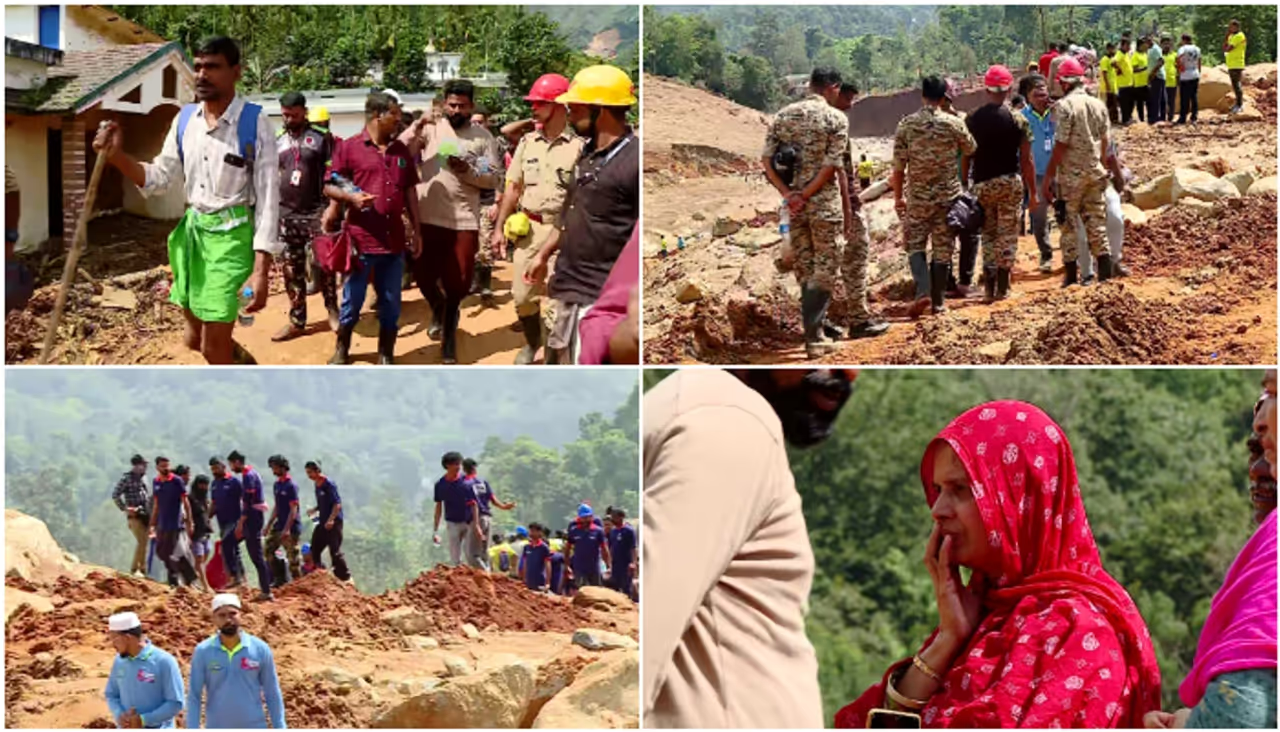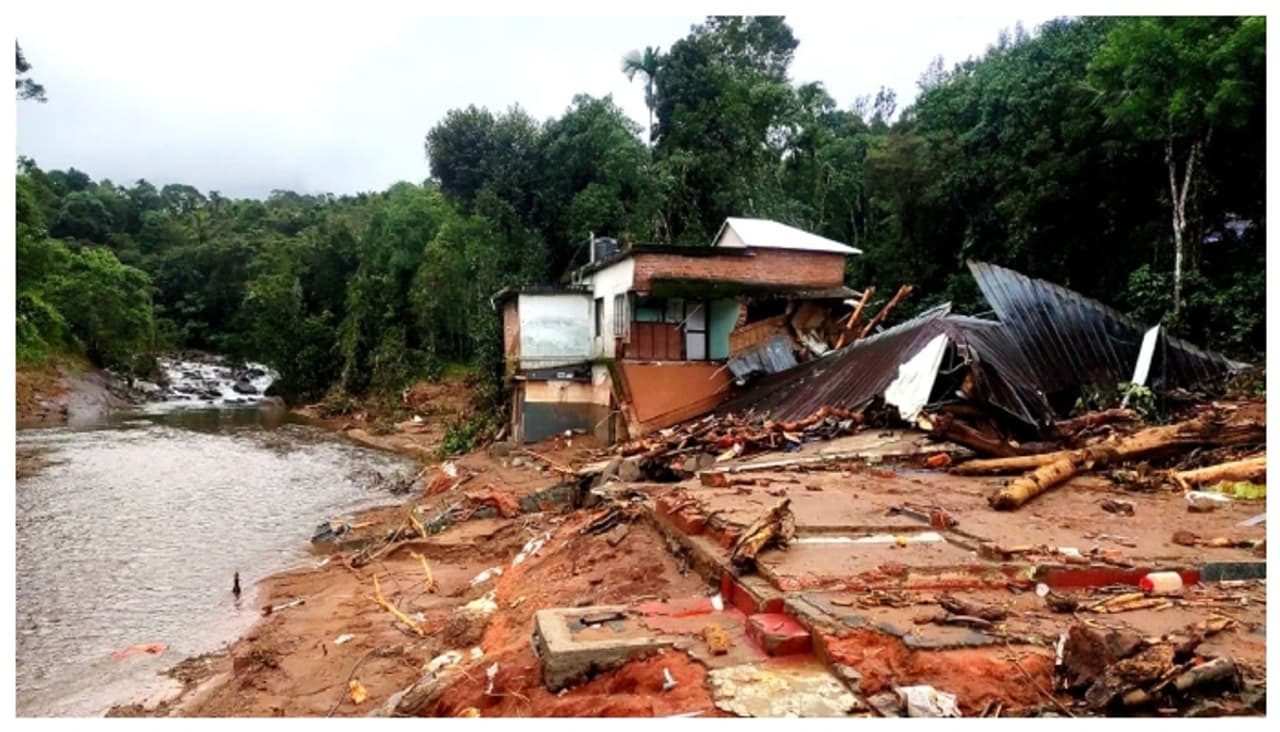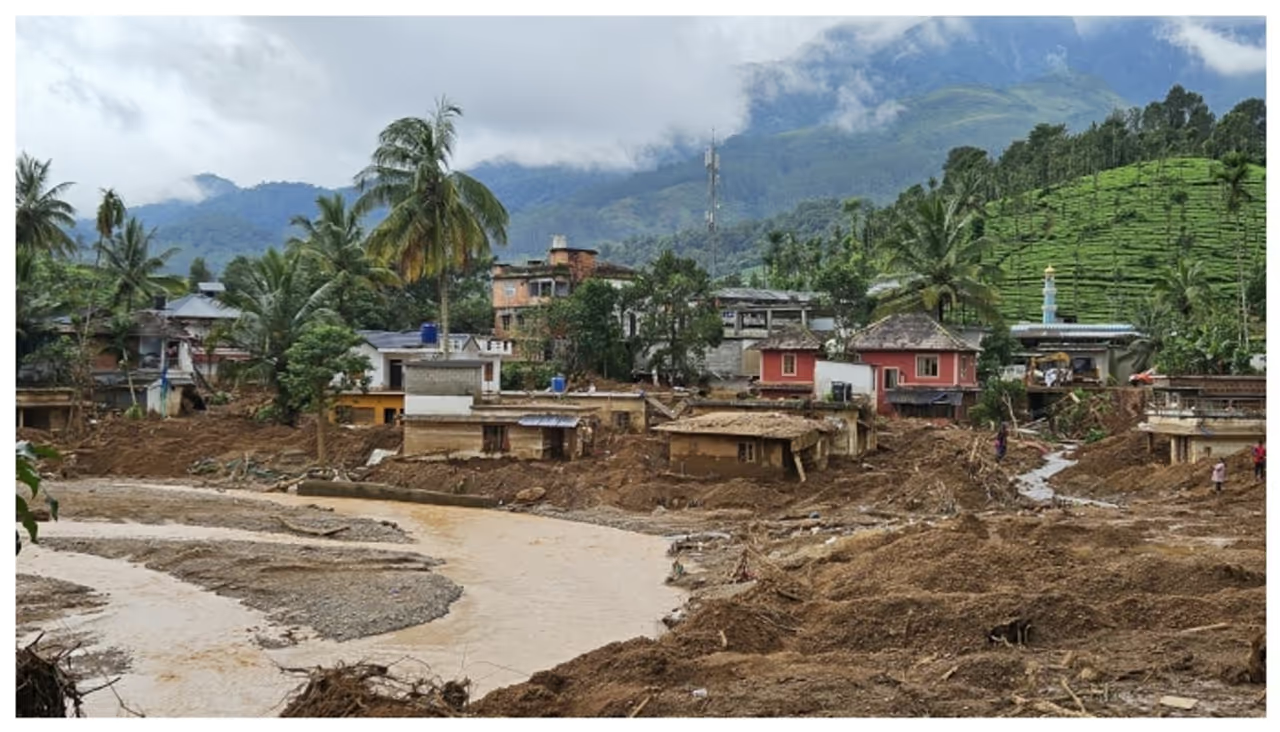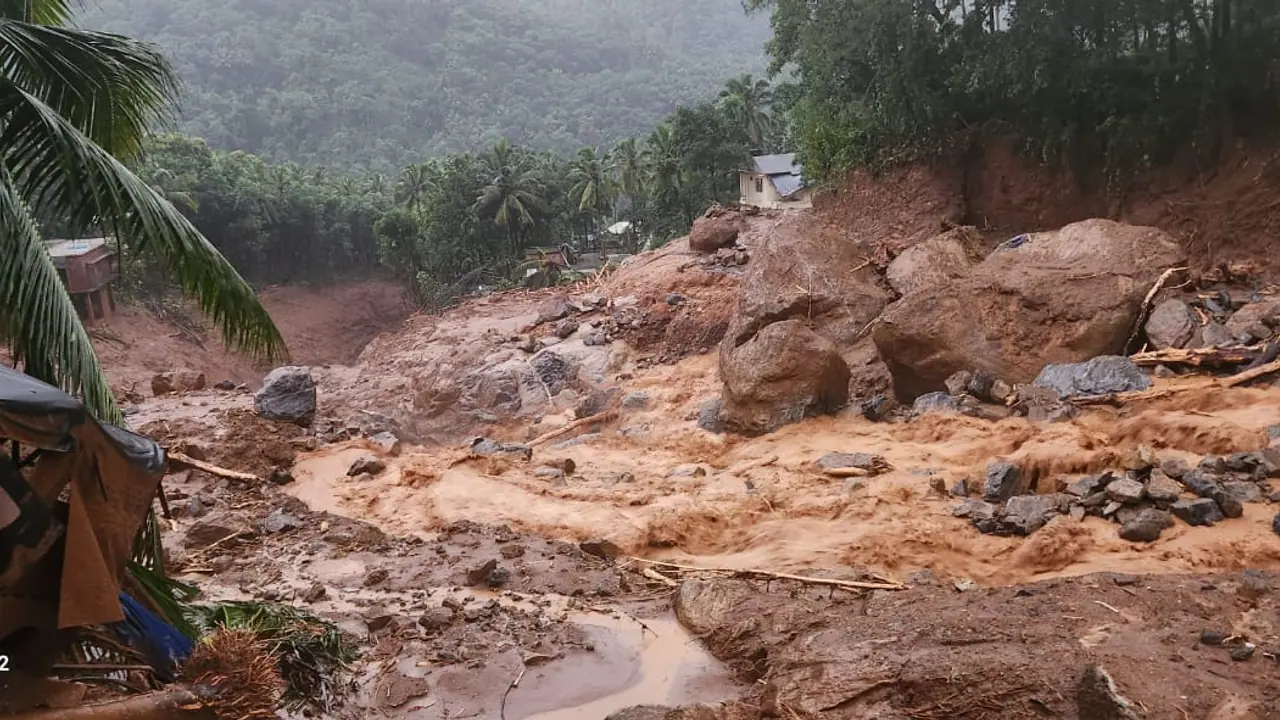Learn about landslides, their natural and human—induced causes, their impact on communities, and effective prevention strategies. Discover how to protect against landslides, especially in hilly regions during the monsoon season.
From Wayanad to Uttarakhand and now Vijayawada, the threat of landslides remains a constant danger. These incidents, frequently reported during the monsoon season, result in devastating loss of life and property. The fear of landslides has become a constant worry for those residing in hilly regions. The recent landslide in Vijayawada, triggered by heavy rainfall, has once again highlighted the vulnerability of these areas.

This article aims to understand the causes of landslides, why they occur more frequently, and whether they are purely natural disasters or exacerbated by human activities. We will also explore the reasons behind their prevalence during the monsoon season.
Also Read: IMD predicts week-long rainfall in Kerala; yellow alert sounded in 8 districts

What are Landslides?
Nature's gifts to humanity, including forests, hills, mountains, oceans, and rivers, are being exploited for personal gain. This exploitation has consequences, with nature responding in ways threatening human existence. Landslides, a frequent natural disaster, exemplify this phenomenon. The recent incidents in Wayanad and Vijayawada are stark reminders of their destructive power.
Landslides occur when rocks, soil, or debris on slopes collapse and flow downwards. This is particularly common in hilly regions like the Himalayas, where heavy rainfall or melting snow can saturate the ground, causing instability and triggering landslides. The force of these landslides can wipe out entire settlements, leading to significant loss of life and property.
While landslides are more common in mountainous regions like the Himalayas, Uttarakhand, Himachal Pradesh, and Sikkim, human activities are increasingly affecting other areas. The incidents in Wayanad and Vijayawada underscore this growing concern.
Also Read: Telangana cops risk their lives to save man from flooded stream, video goes viral

Causes of Landslides:
While natural factors play a role, human activities increasingly contribute to landslides.
Natural Causes: Heavy rainfall in hilly areas can erode the soil, making slopes unstable. Over time, this weakens the hills' structure, making them susceptible to landslides. Loose soil composition and seismic activity, such as earthquakes, can also trigger landslides.
Human-Induced Causes: Deforestation for settlements and mining activities weakens the soil, making it prone to erosion. Excavation for construction and infrastructure projects further destabilizes the ground, increasing the risk of landslides.

Impact of Landslides:
The immediate and devastating impact of landslides is the loss of human life. The sudden surge of mud and debris can bury entire villages, causing widespread destruction. The economic impact is equally severe, with crop damage, especially in hilly regions where coffee and other plantations are common. Landslides also disrupt transportation networks, causing significant damage to roads and infrastructure and leading to economic losses.
Blockage of water bodies due to landslides can lead to flash floods, further exacerbating the damage and posing risks to human settlements and agricultural lands.
Preventive Measures:
Protecting nature is crucial to prevent landslides. Afforestation and avoiding deforestation in hilly regions are essential steps. Proper land suitability assessment for construction and infrastructure projects is crucial to avoid destabilizing the ground. Maintaining the natural flow of water bodies in hilly areas is essential to prevent waterlogging and soil erosion.
